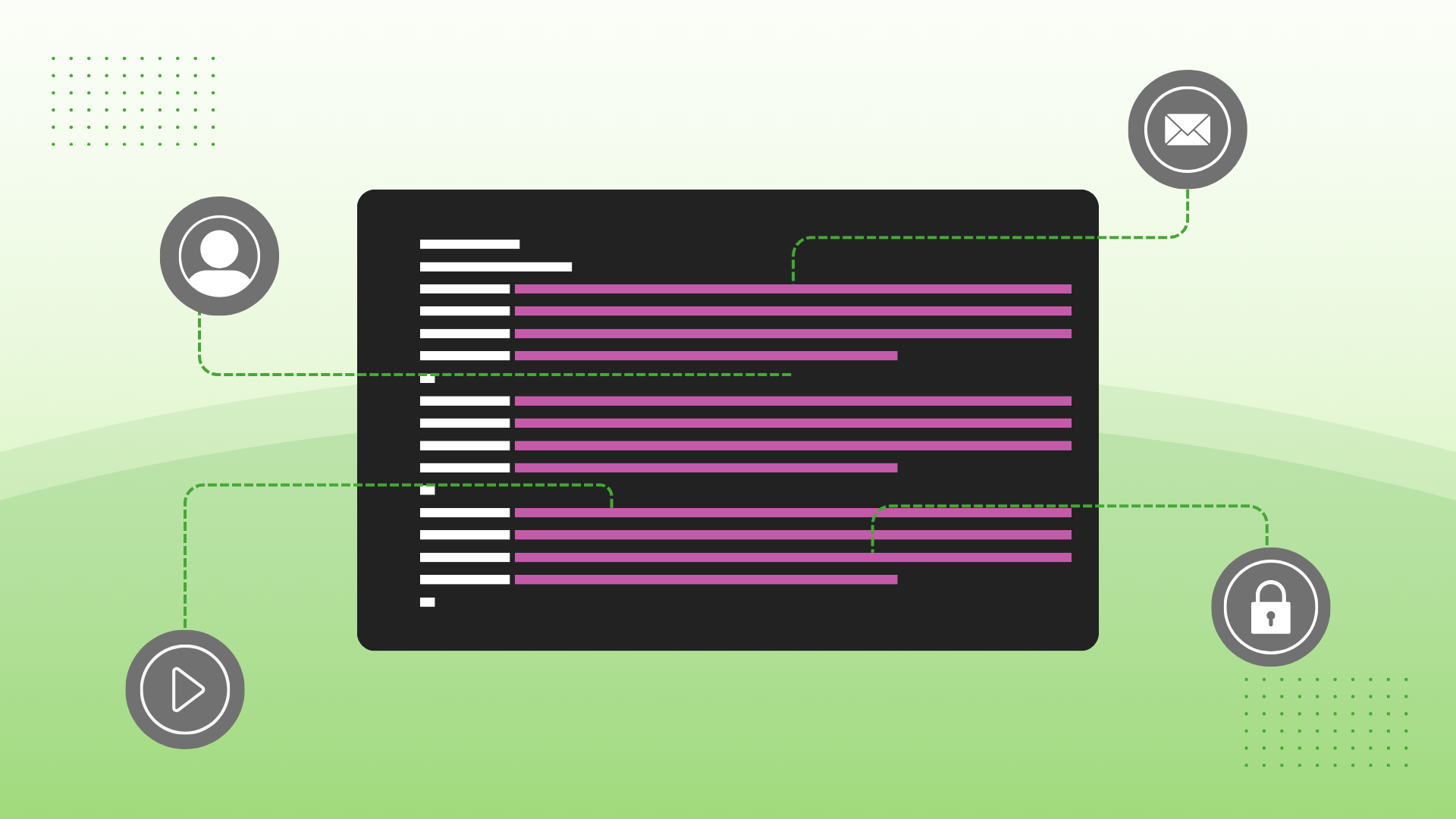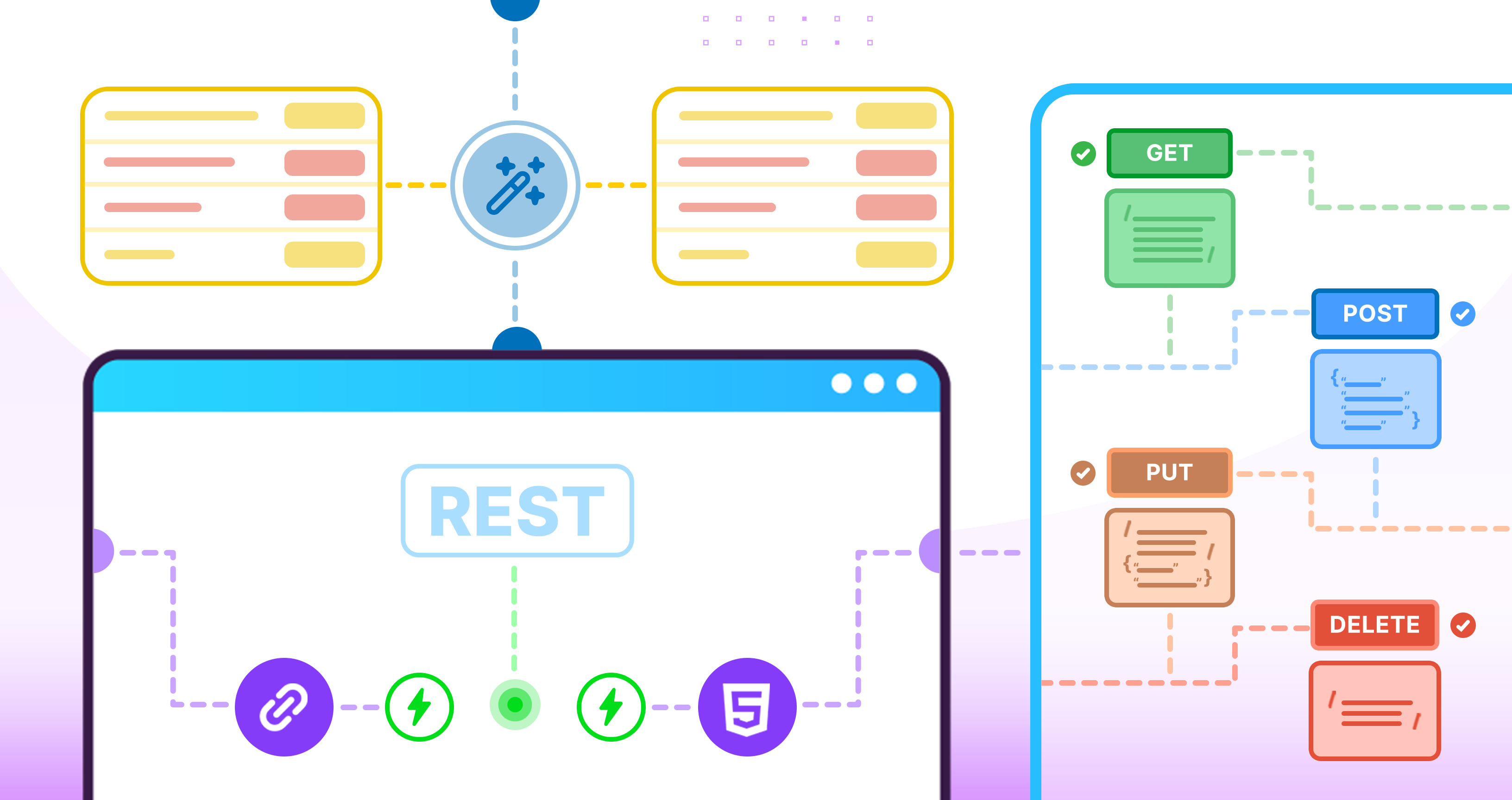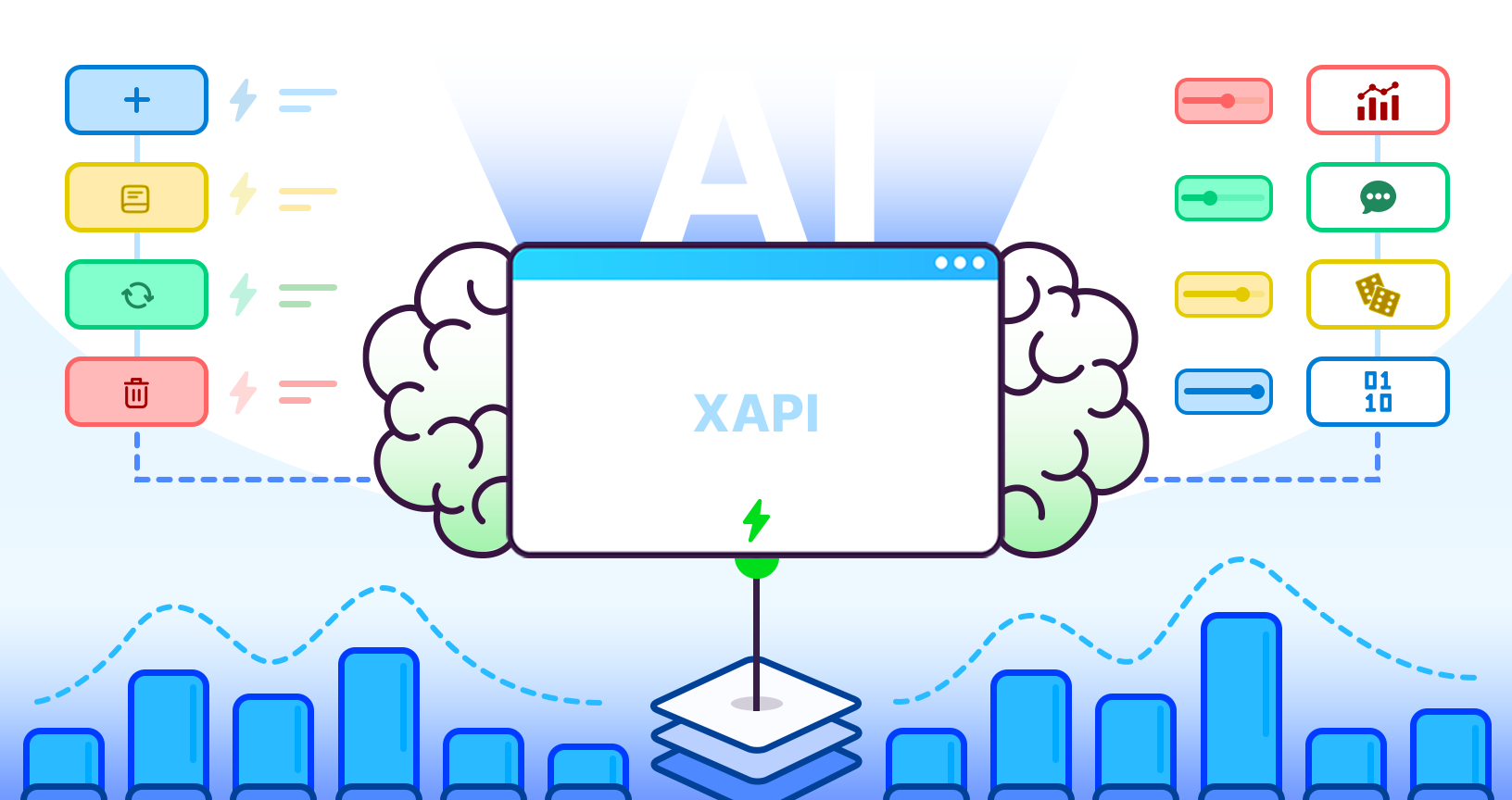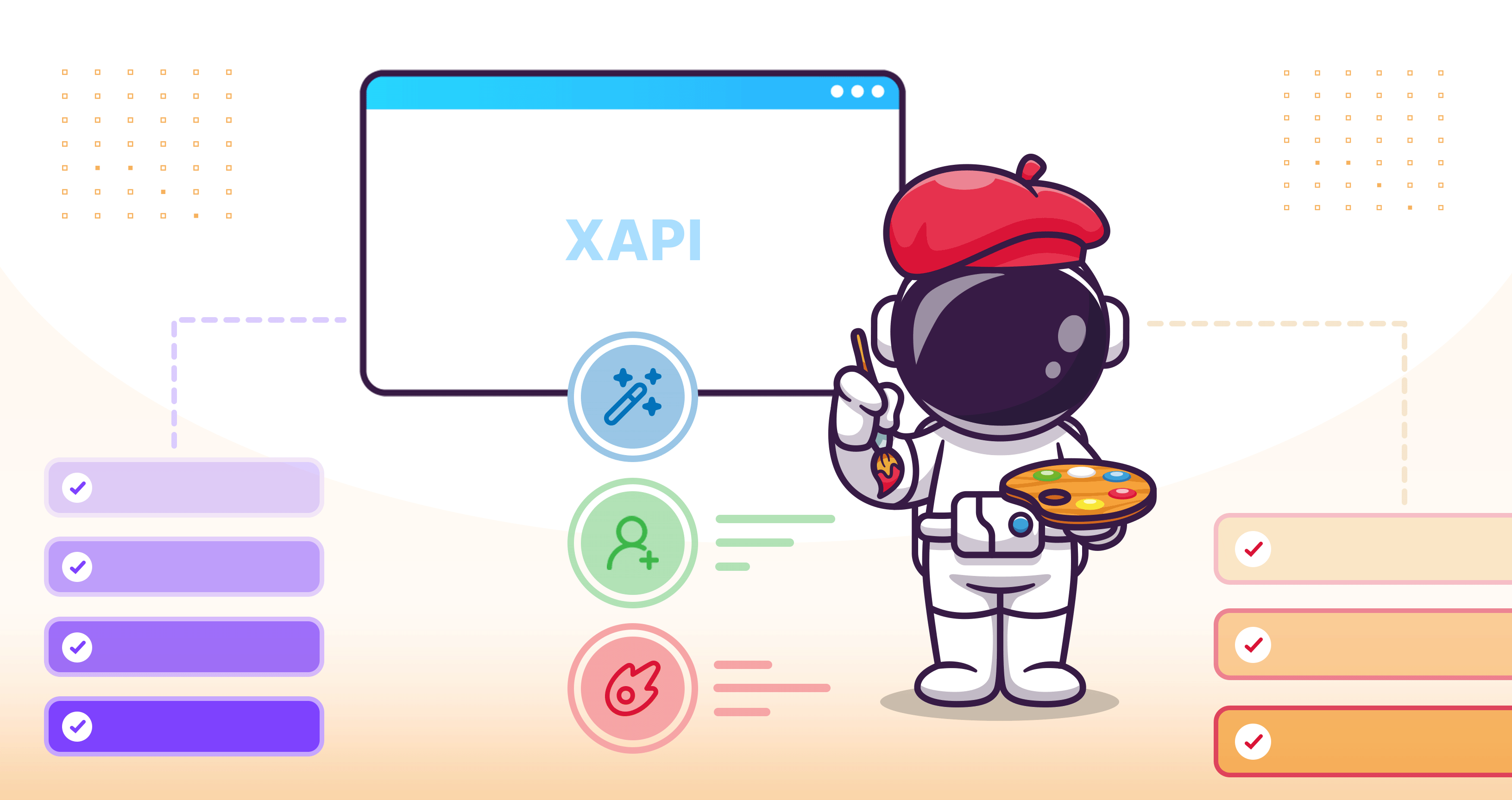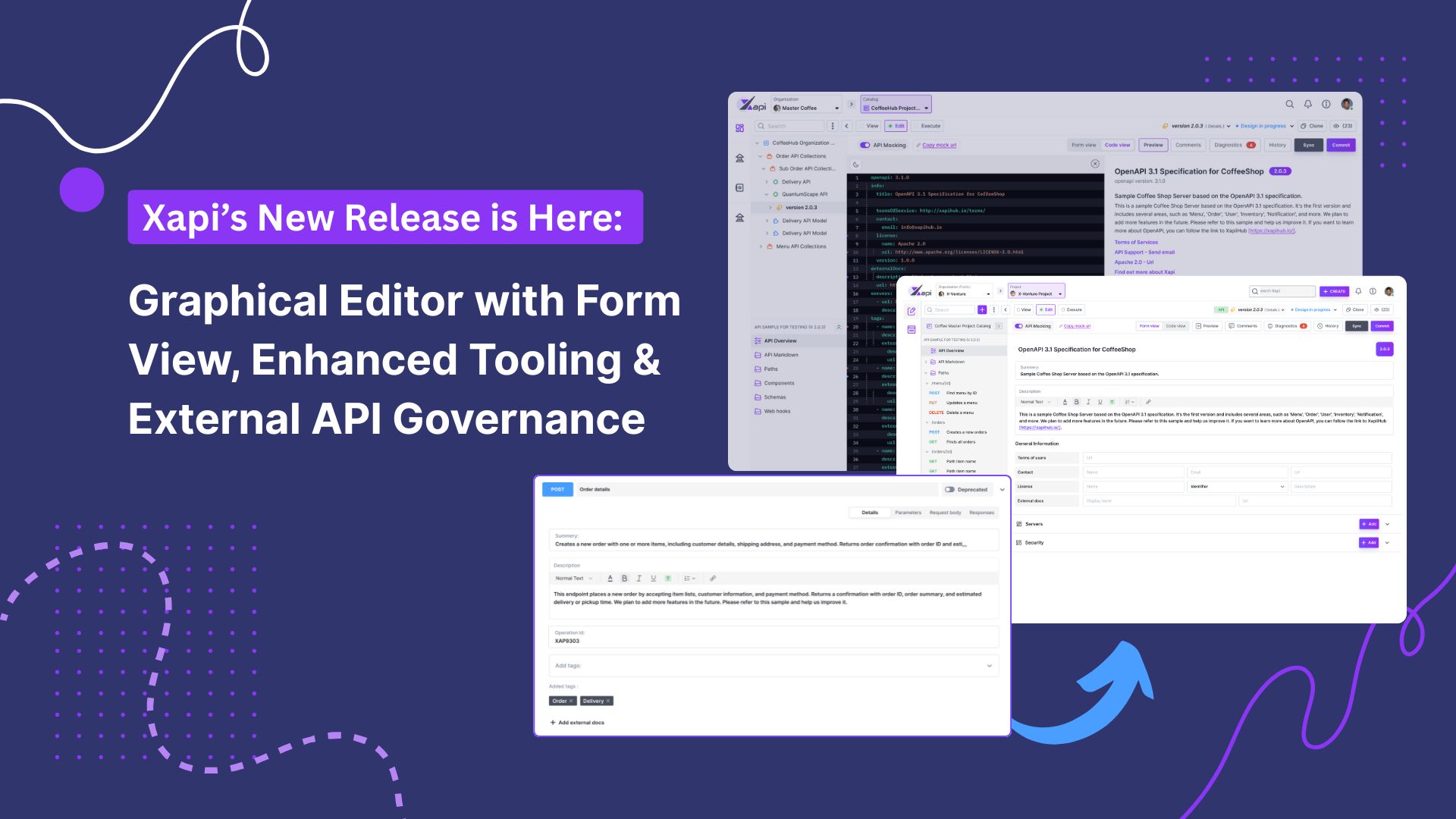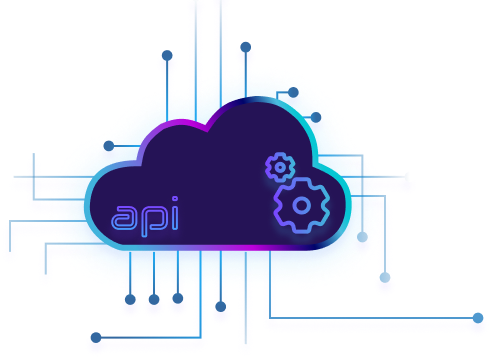How an API Design Tool Can Streamline Your API Design Workflow

Amani Vidanage
18 July,2024 •
5 mins read
Well-designed, robust APIs are essential in today's fast-moving tech world, where seamless integration is critical. API design tools simplify your API design workflows; automated tasks and user-friendly interfaces enable streamlined API development, enhanced collaboration, high code quality, and faster time-to-market.
Why Quality API Designs Matter?
Good API designs facilitate clean interfaces, enabling efficient communication among different software systems. This leads to smoother data exchange, reducing errors and enhancing system reliability. Well-designed APIs also make it easier for developers to integrate new features and maintain the system. Adopting a design-first approach ensures that APIs are planned thoroughly before development begins, resulting in more robust and scalable solutions.
How API Design Tools Enable Quality API Designs?
API design tools simplify API designing process with visual interfaces and templates for creating API structures, endpoints, and data models. These tools automate some of the redundant tasks to ensure uniformity regarding consistency and best practices. Real-time collaboration facilities of API design tools allow teams to work in a single workspace, finally reducing difficulties in communication and speeding up the API design process. Besides, built-in validation and compliance checks make sure that APIs meet industry standards for reliability and security.
How API Design Tools Streamline Your API Design Workflow?
Easy Requirements Management
Effective API design requires good API requirements management. API design tools provide a means for gathering, documenting, and tracking requirements throughout the process. Such solutions will keep stakeholders in line with the goals and specifications of the project so, at the very end of the road, the delivered APIs meet intended use cases and functionality.
Intuitive Design Interfaces
API design tools provide a uniform process for designing APIs with predefined templates and best practices. Form View facilitates easy designing of API endpoints, models, or even the interactions. This goes a long way in implementing intuitive and user-friendly APIs that developers can understand and use with ease.
Simplified Validation
Standard-compliant API designs following best practices ensure API reliability, security, and interoperability. API design tools enable simplified API design validation against industry standards like OpenAPI. This validation catches potential issues enabling early resolutions, guaranteeing reliability. API design tool style guides encompassing best practices ensure API consistency, code quality, and usability.
Collaboration and Team Efficiency
API design tools improve better collaboration among team members. They offer real-time parallel editing and commenting, reducing misunderstandings and mistakes. Improved teamwork leads to designing high-quality APIs efficiently.
Clear, Up-to-Date Documentation
Every API design requires good documentation that helps developers to easily learn how to use the API and integrate it into their apps. Most API design tools facilitate automated documentation enabling up-to-date documentation generation as you design your API. This saves time while guaranteeing accuracy.
Enhanced Security
A strong focus on security during API designing stage ensures that your API is well-protected against potential threats from the outset. API design tools often offer built-in security features such as authentication, and authorization.
Scalability
Scalability is crucial in API designs. API scalability involves an API’s ability to prepare for increased usage and data volumes over time. API design tools enable modular architecture, letting components scale independently to meet upcoming demands. This ensures reliability and efficiency in the long term.
Flexibility
Flexibility enables accommodating diverse use cases without extensive changes to API designs. API design tools offer customizable templates and strong version control to ensure APIs can evolve with changing needs.
Community and Support
API design tools usually have strong community support. Valuable tutorials help to try out use cases. Forums provide an opportunity to share experiences for mutual learning, obtain answers to queries, gain feedback on designs, and troubleshoot and fix issues quickly. As a result, it expedites your overall API design experience.
Cost Efficiency
Using API design tools can also lead to cost savings. By task automation, these tools reduce the need for manual work. This lowers labor costs and speeds up time-to-market. Investing in the right tools can provide significant financial benefits.
Conclusion
Designing APIs correctly accelerates API development. Using API design tools leads to streamlined API design workflows. Start exploring API design tools today and streamline your API design workflow that ultimately produces error-free /modular API designs.

Amani Vidanage
Business Analyst at X-Venture
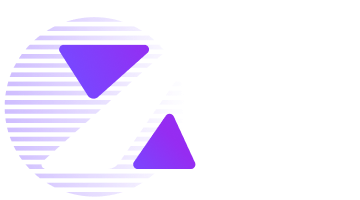


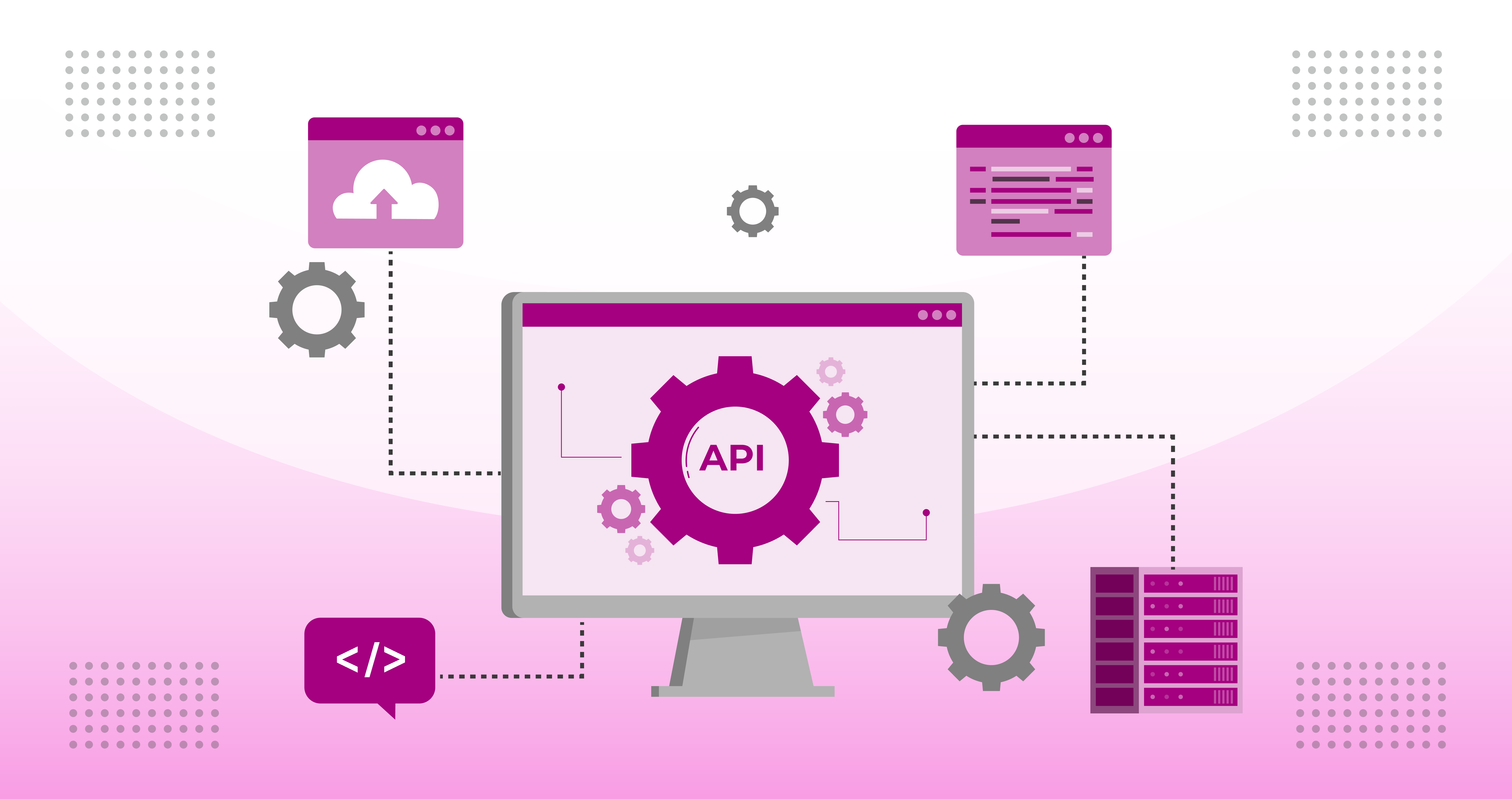



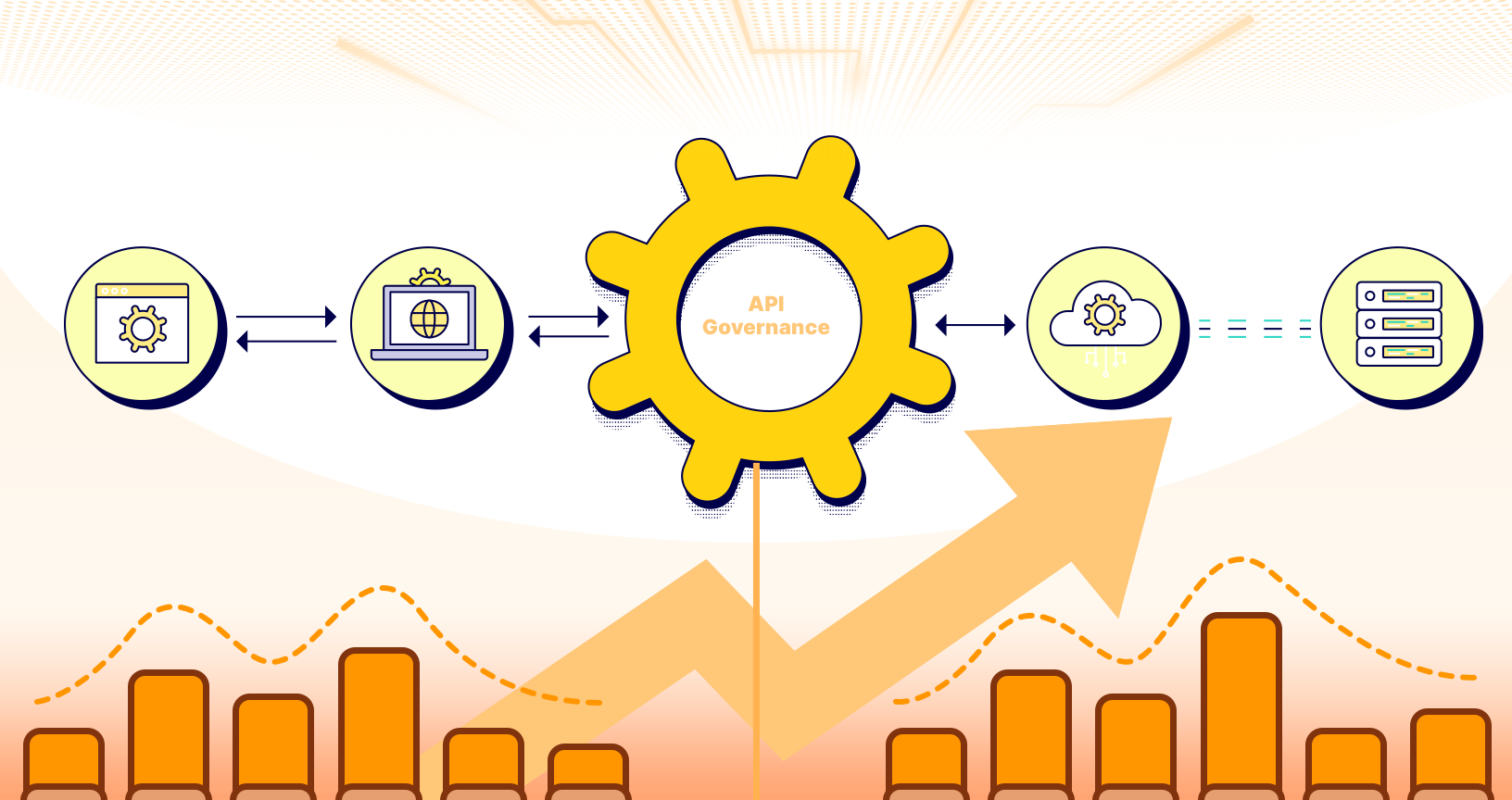
.jpg)
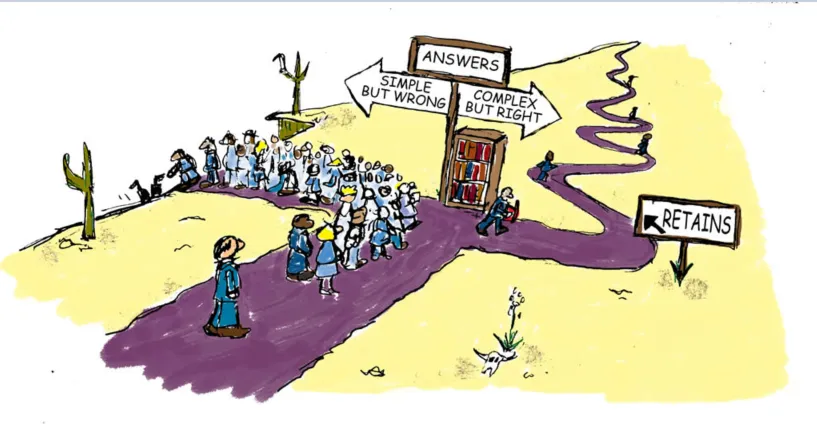
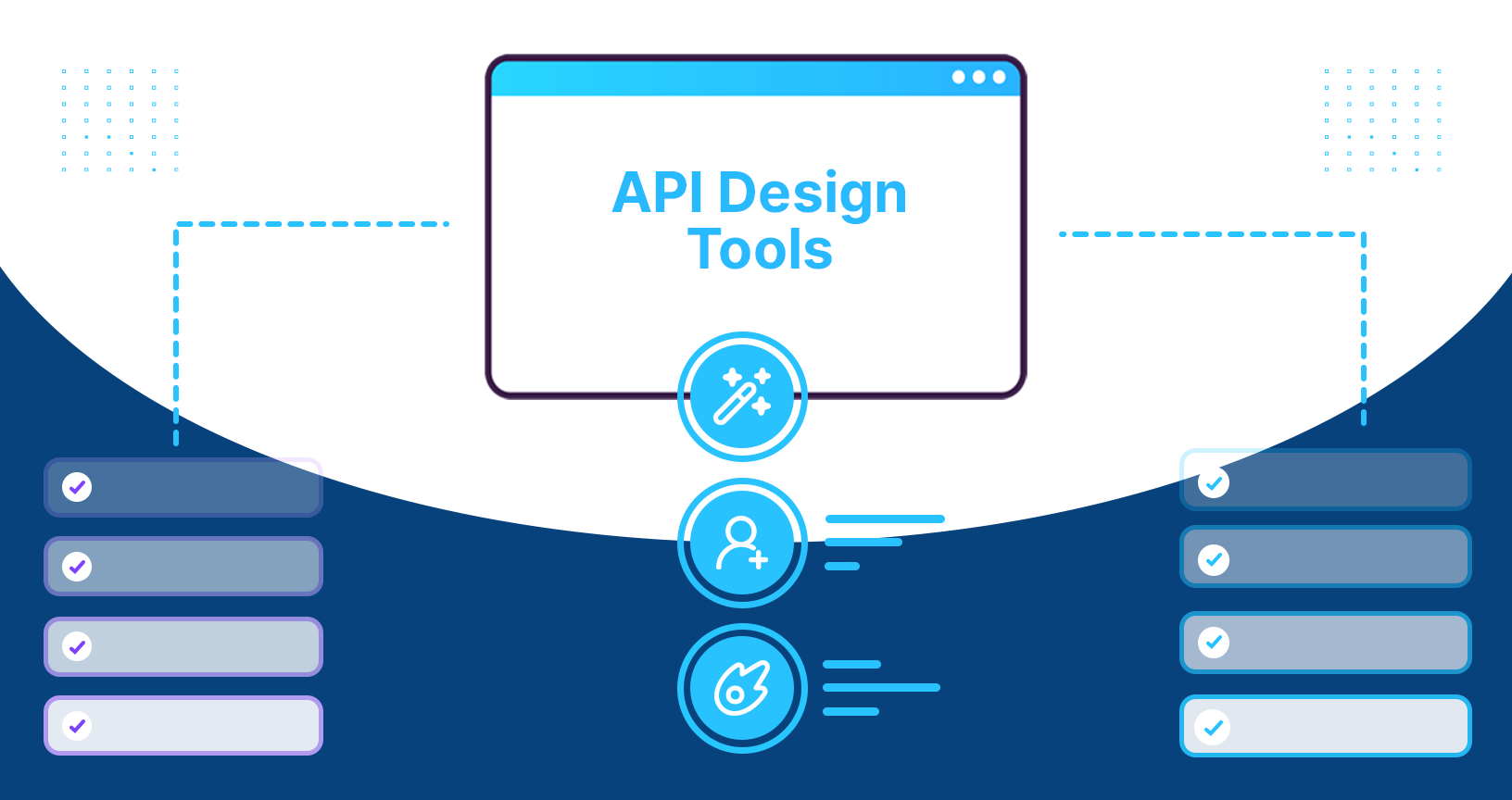

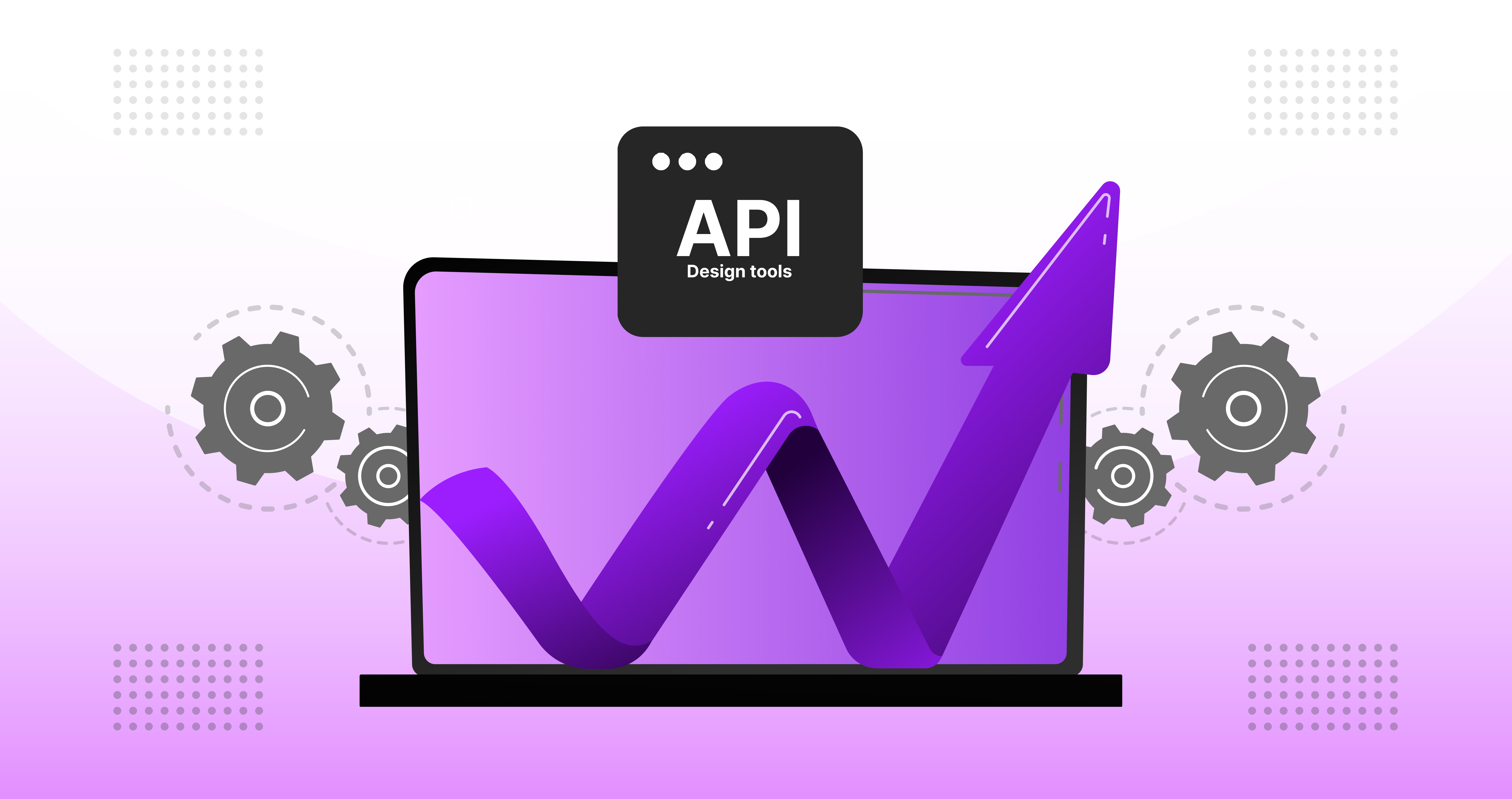

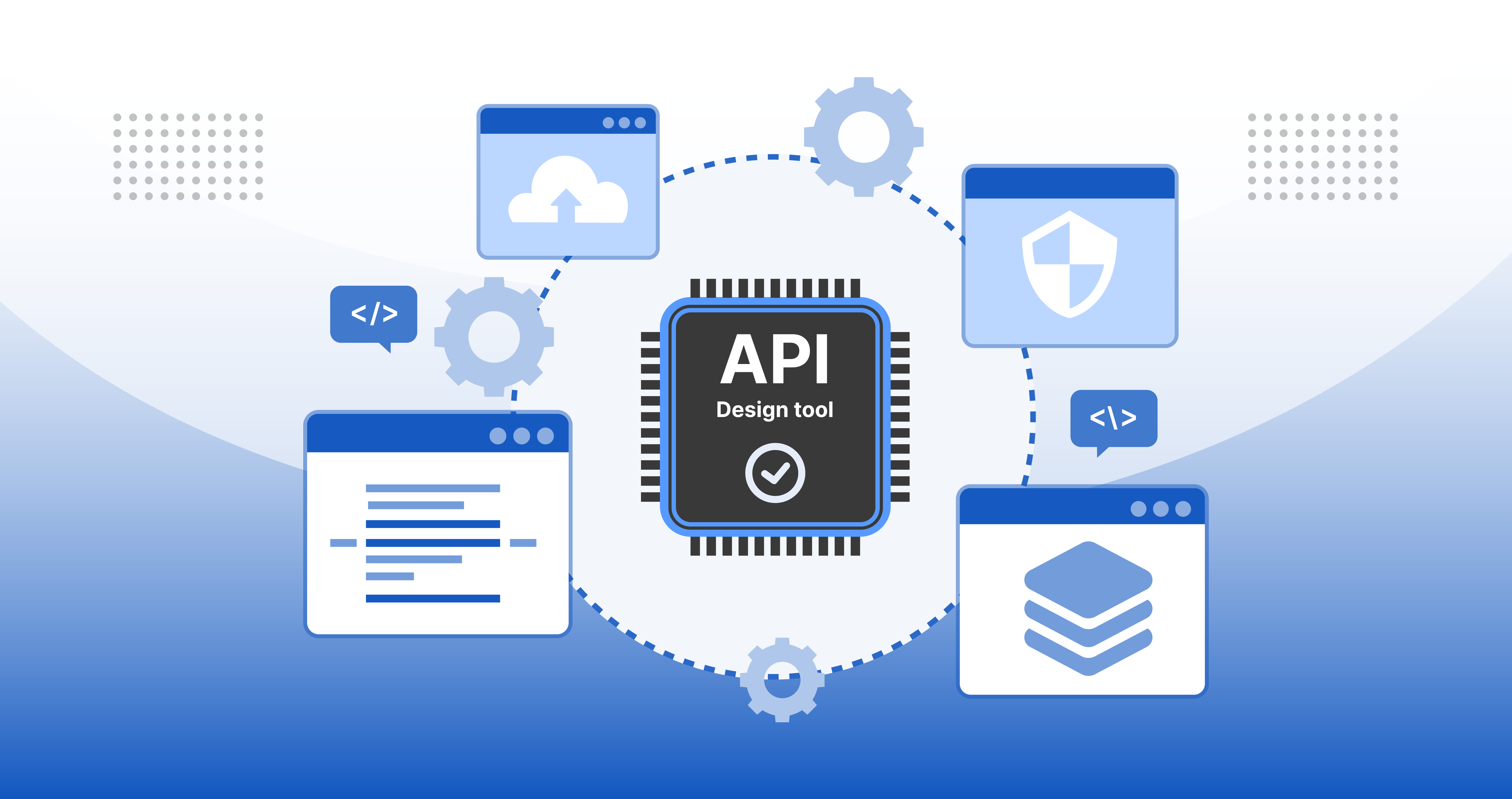

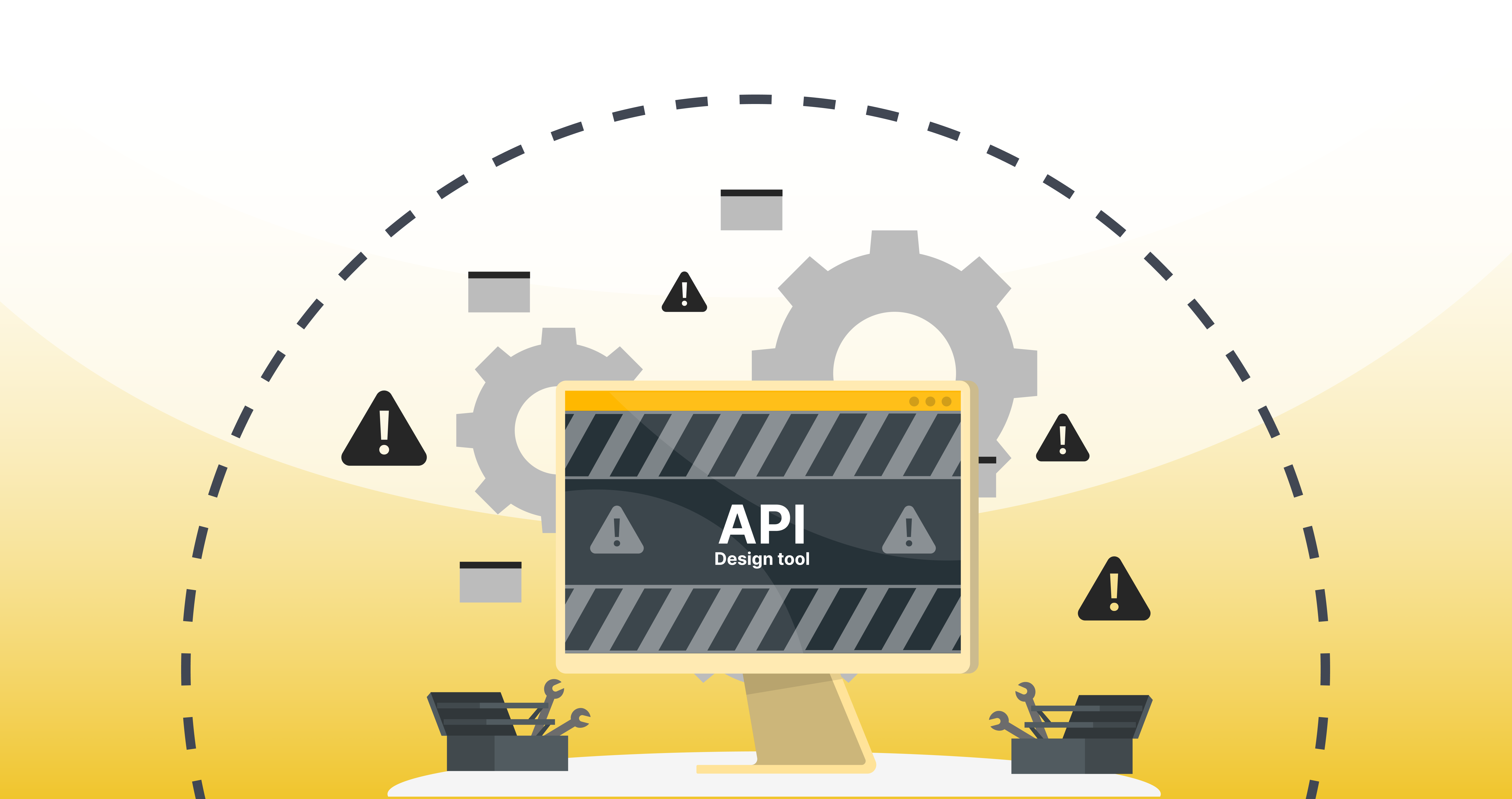

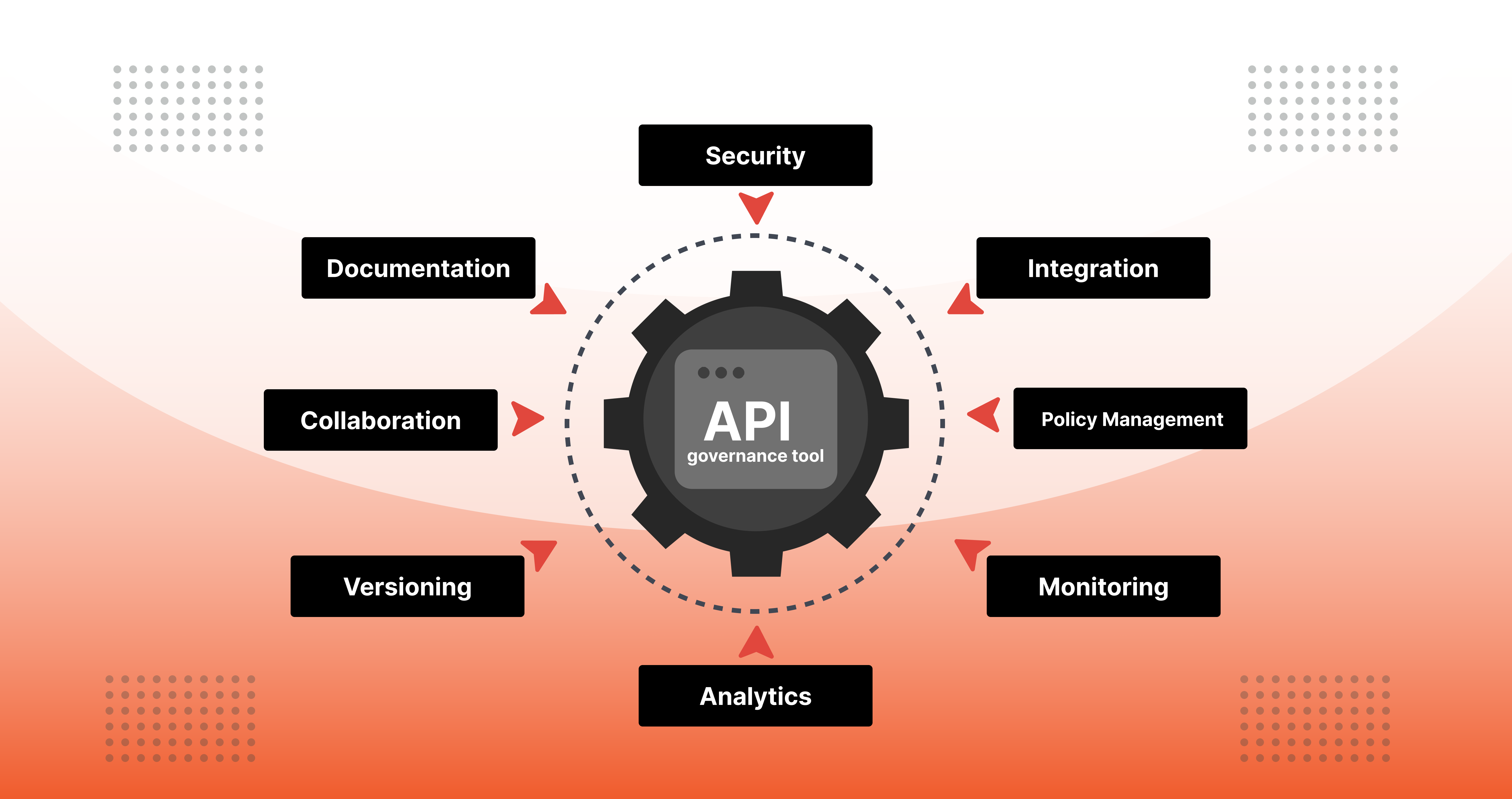

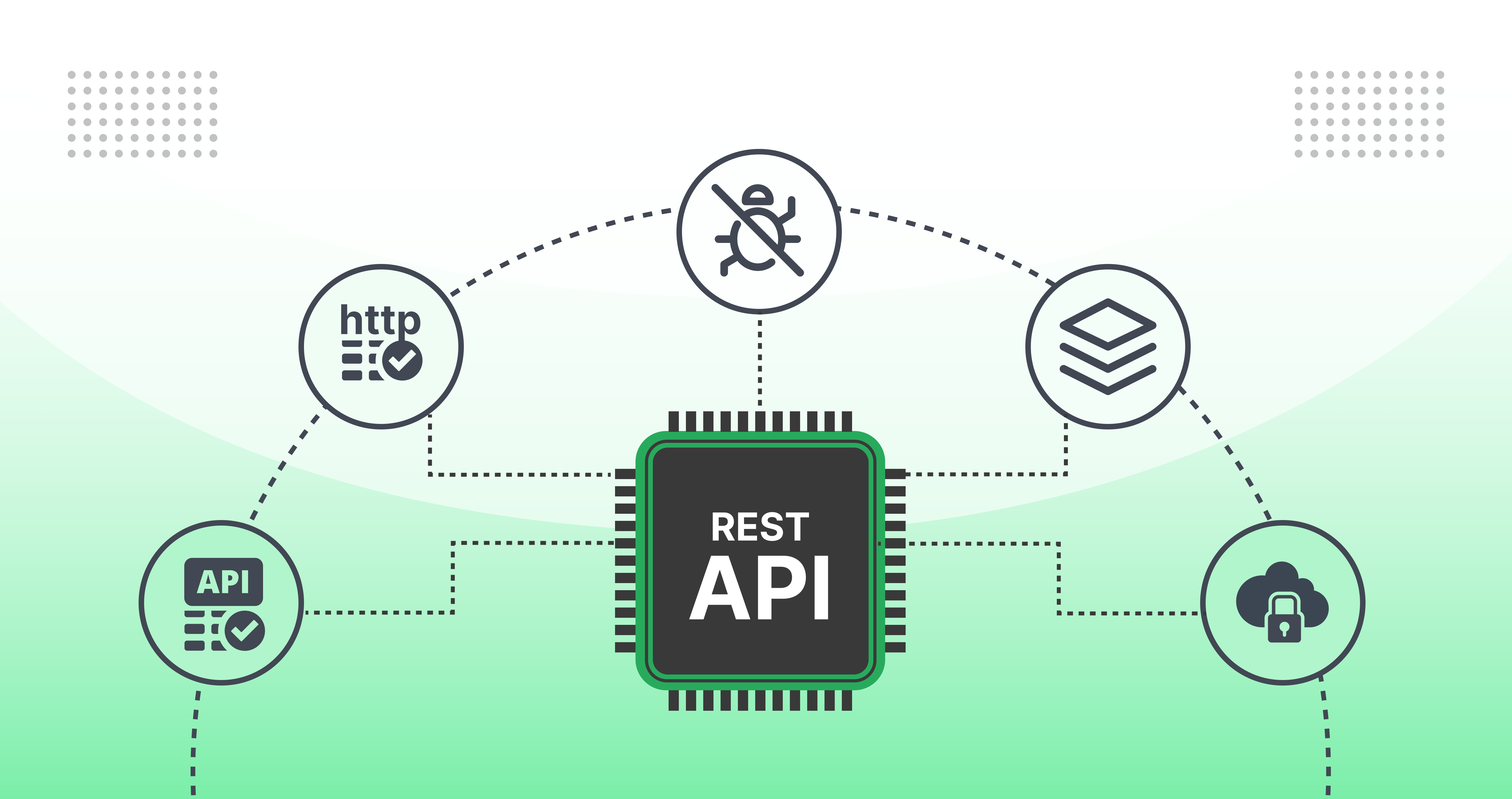

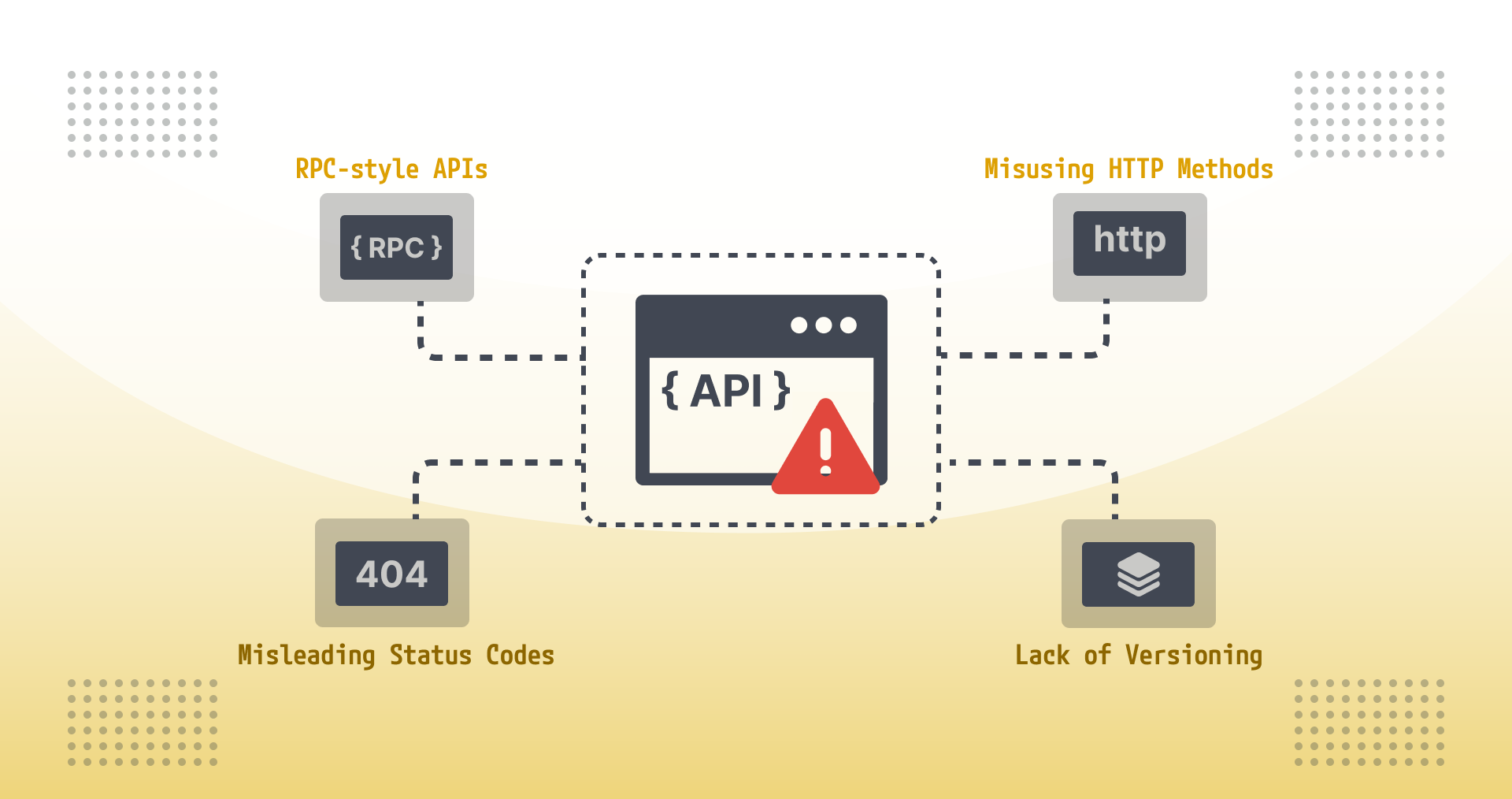



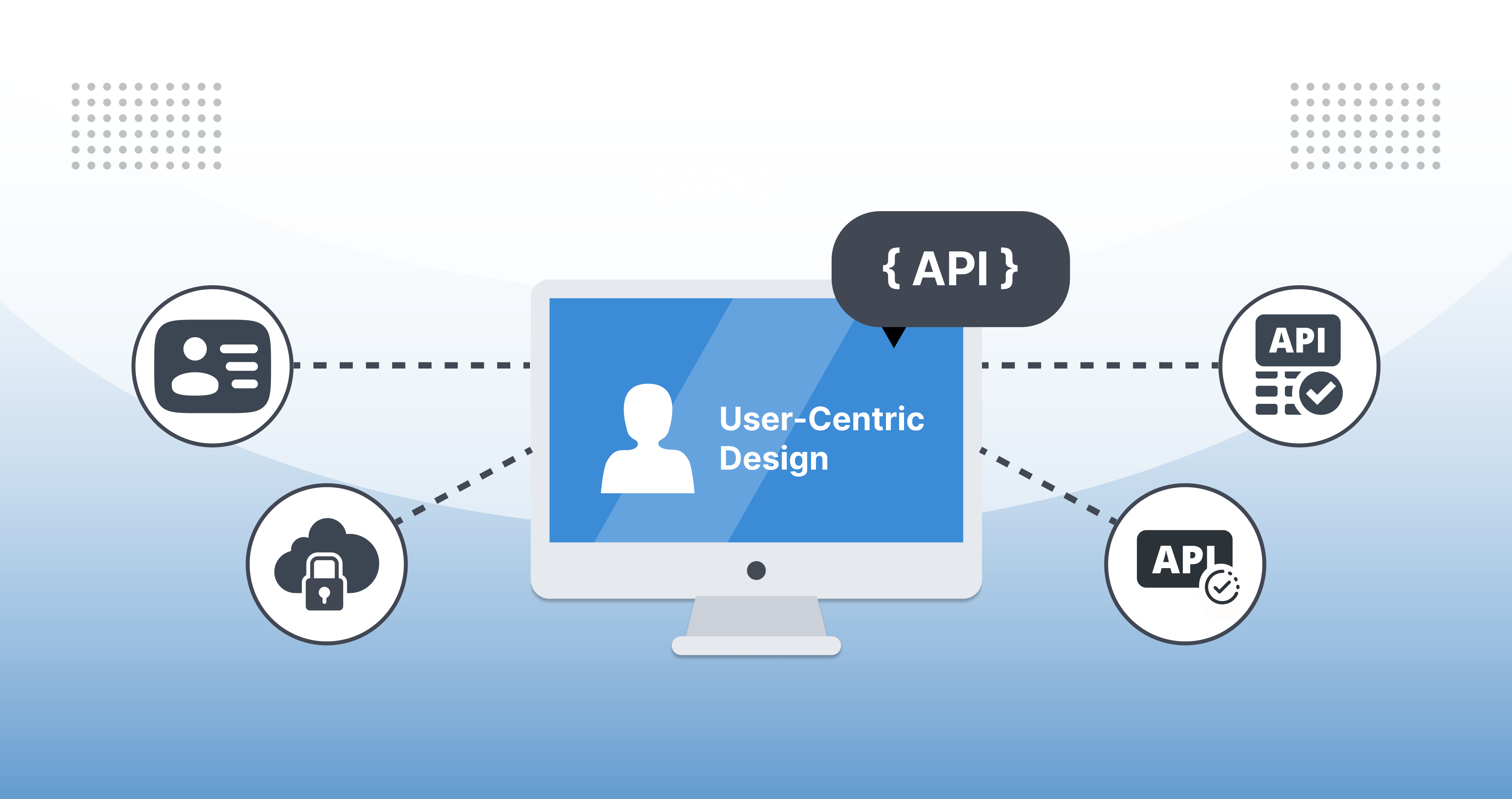
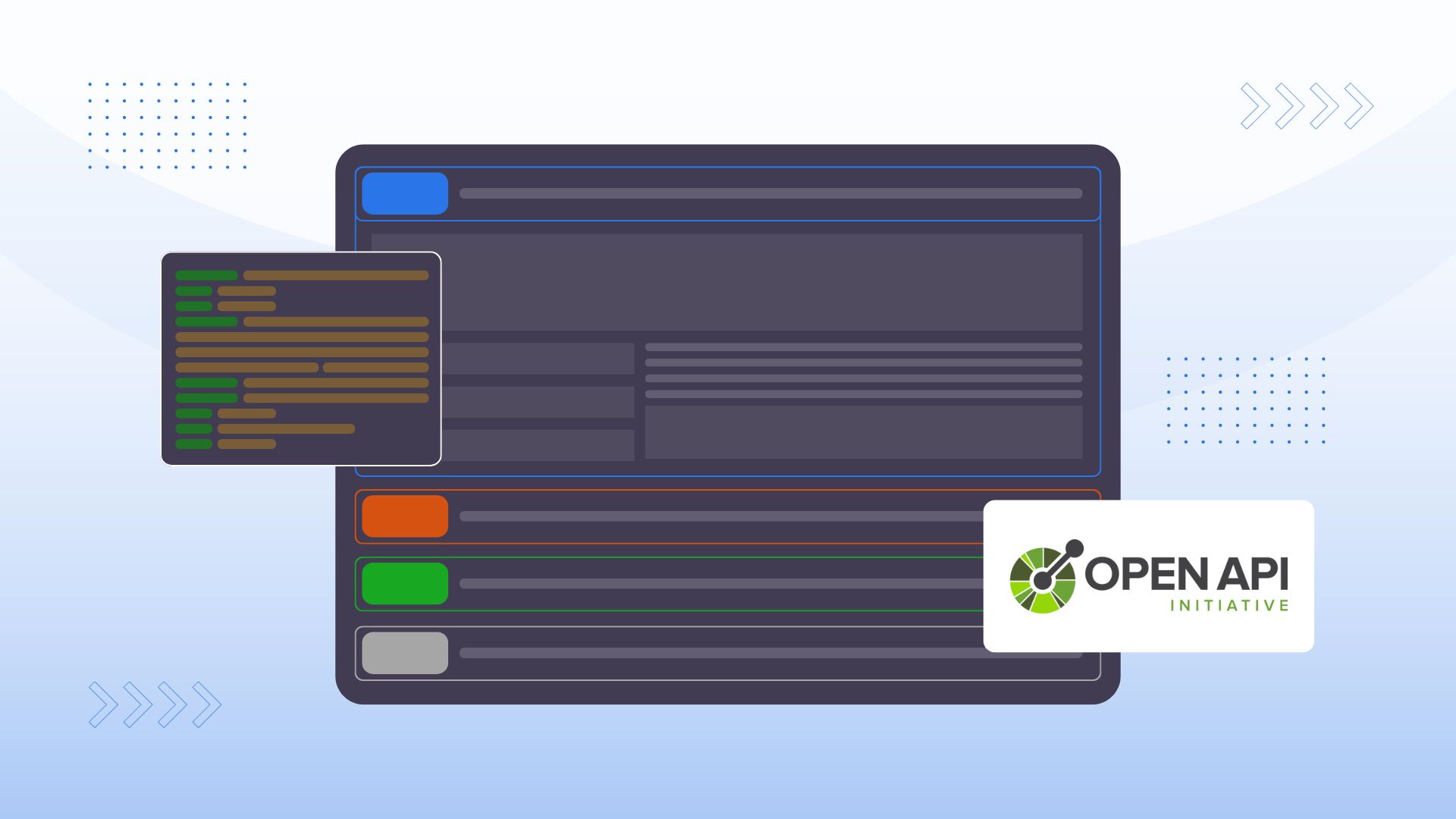
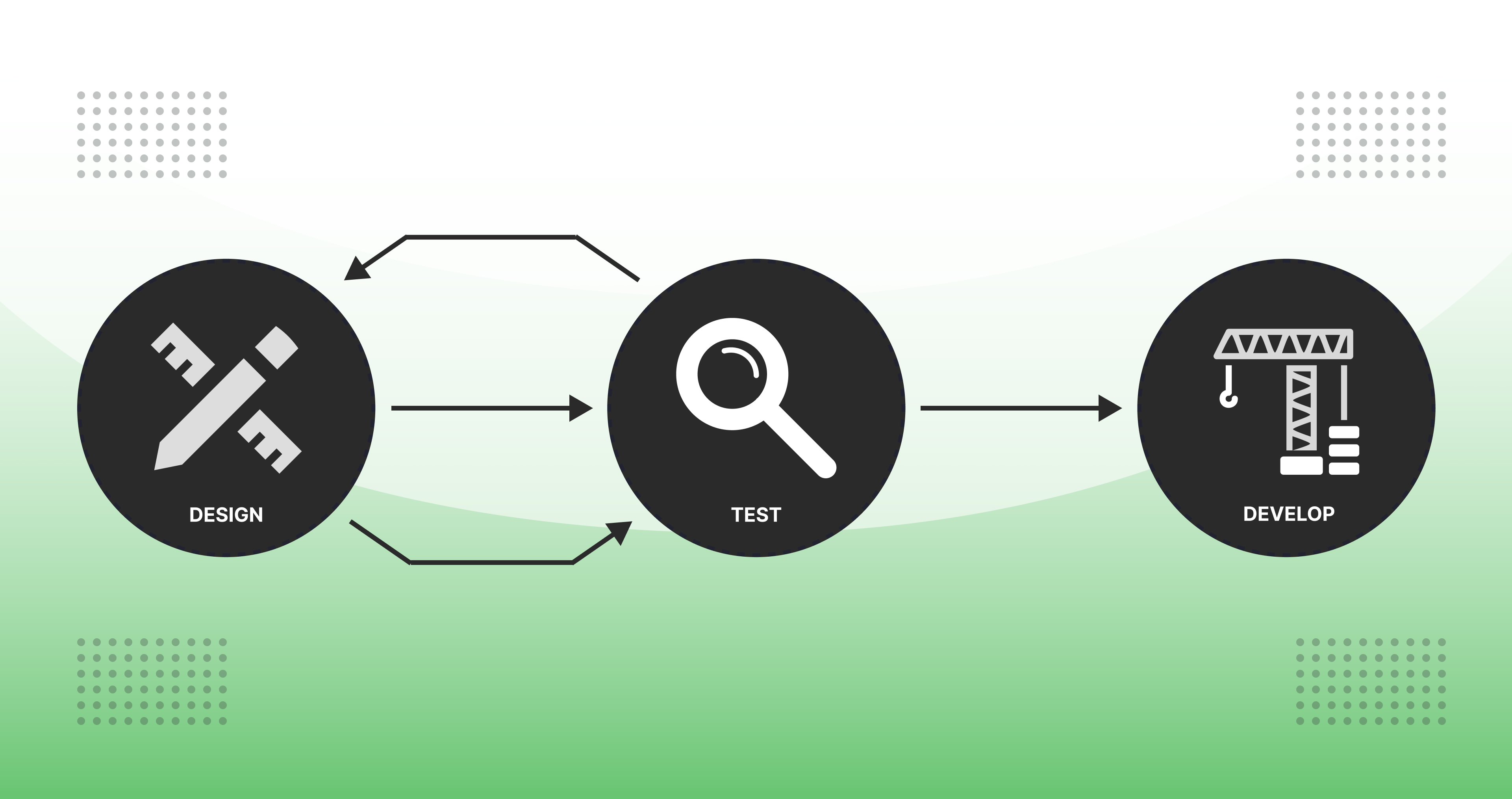
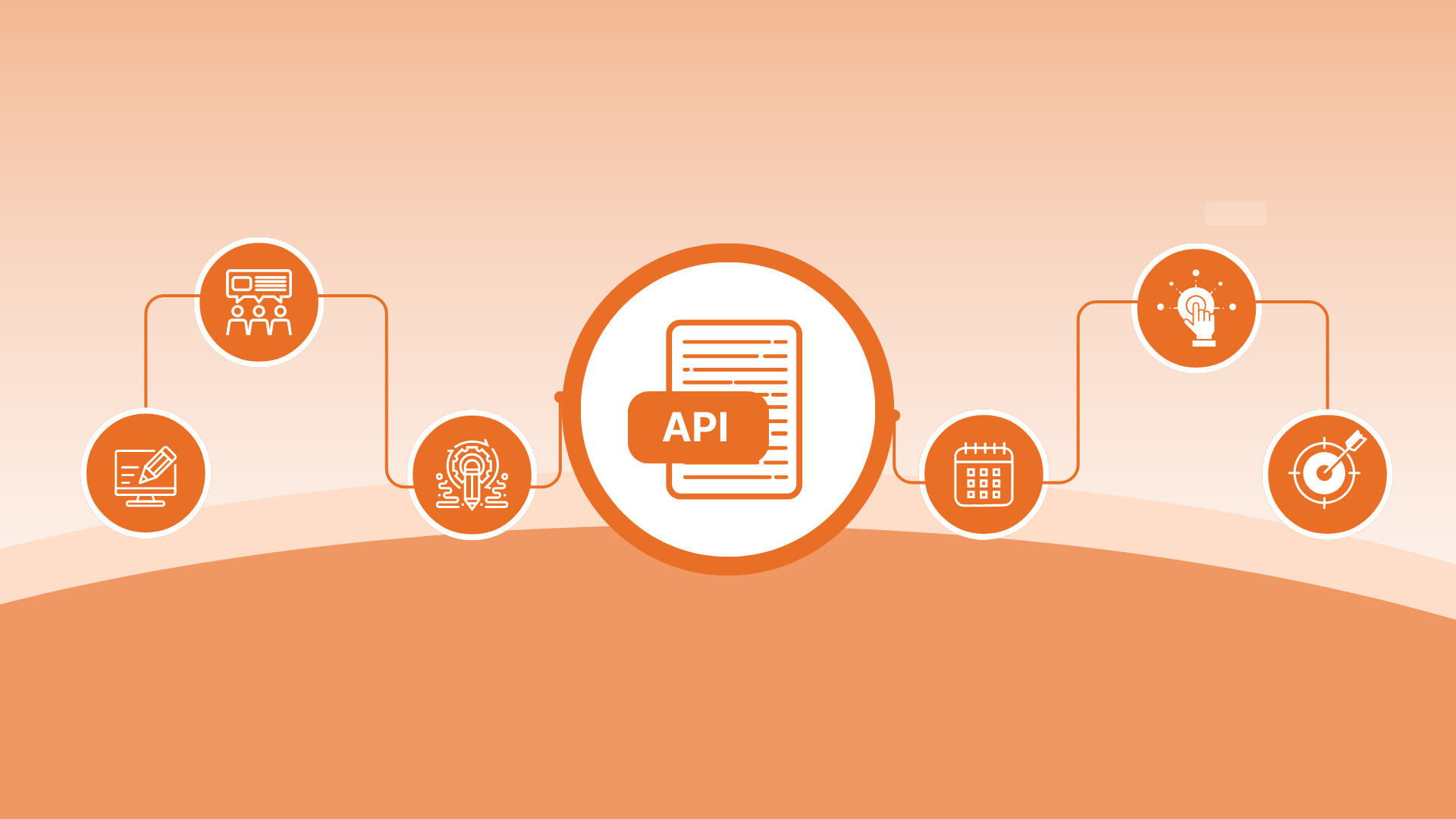
.jpg)
